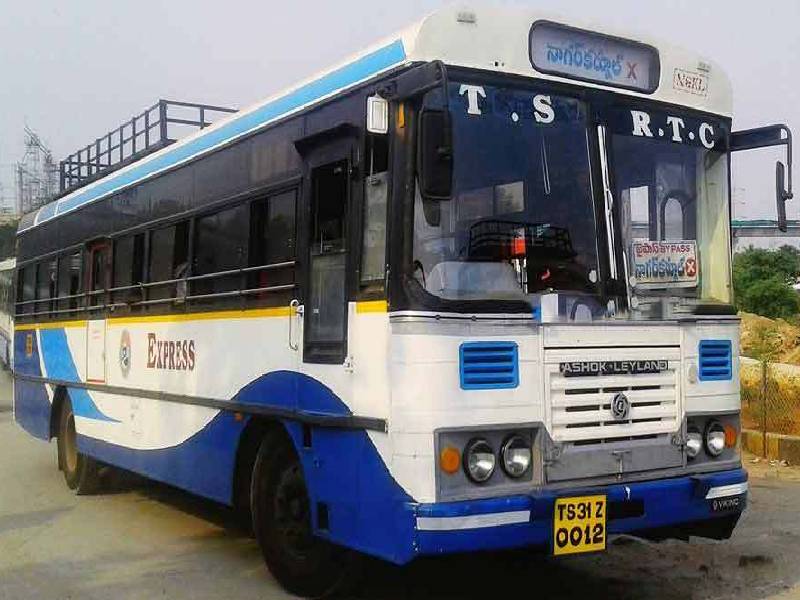RTC fleet reducing by the year, no new bus in last 5 years: RTI
By Sumit Jha
Hyderabad: An RTI query has revealed that the number of city buses which the TSRTC operates in the Greater Hyderabad zone has only 6 buses which are younger than 5 years. Of them, only 3 buses are ordinary ones and 3 are Metro Expresses.
The TSRTC has added no new city ordinary or metro express buses to the fleet after 2015-2016. In 2015-2016 TSRTC only added 6 new buses. In 2014-15, they have added 45 Metro Deluxe and 80 Metro Luxury buses while only 2 City Ordinary and one Metro Express buses.
Out of Total 3,414 buses which run by TSRTC Greater Hyderabad Zone, 2,111 buses are older than 10 years. There are 603 buses older than 15 years.
Also, out of the total buses, 1,375 buses have clocked more than 10 lakh kilometres, 249 buses have travelled more than 15 lakh km, and 62 buses completed journey of 17 lakh km.
Also, the Greater Hyderabad zone had 3,811 buses in 2014-2015, including intercity buses like Super Luxury and Rajadhani, which have reduced to 2,982 buses in 2019-2020.
Sai Ratna Chaitanya, an information activist, who has sought information through the RTI said: “The TSRTC fleet has been reducing every year since 2014-2015. Neither the RTC strike nor Covid is the reason for the ruin. From 2014-15 till now, the Greater Hyderabad zone TSRTC scrapped 634 city buses in the ordinary category. As the fleet is dwindling, we are holding on to more buses that completed 15 years and crossed 17 lakh kilometres. After the strike last year, the government forced TSRTC to stop operating around 1,000 buses and at one go, 811 buses were out of the fleet overnight.”
There are 401 hired buses in the Greater Hyderabad Zone. Of them, 305 are of the ordinary category and only 24 of these are run on the core city routes.
In 2015-16, the TSRTC had 87 hired metro express buses. This was after a long time, they hired Express buses and now, only 56 are in service.
“The bus agreements are so structured that there used to be no takers for city routes and this is one of the reasons the grand plans of the TSRTC to get more hired buses fell flat after the strike. Before the strike, however flawed they were, the Corporation had 114 non-ac low floor buses. After the strike they are using only 10 of them,” said Chaitanya.
After the strike, the TSRTC has been forced to stop using 87 mini buses which were operating in Charminar region. The corporation is now using these buses for cargo services and 20 of them had already been rebuilt, added Ratan Chaitanya.
On Friday, the TSRTC has started operating buses in the city after a gap of six long months due to the restrictions imposed following the spread of the pandemic. Bus services resumed with 730 vehicles in the fleet.